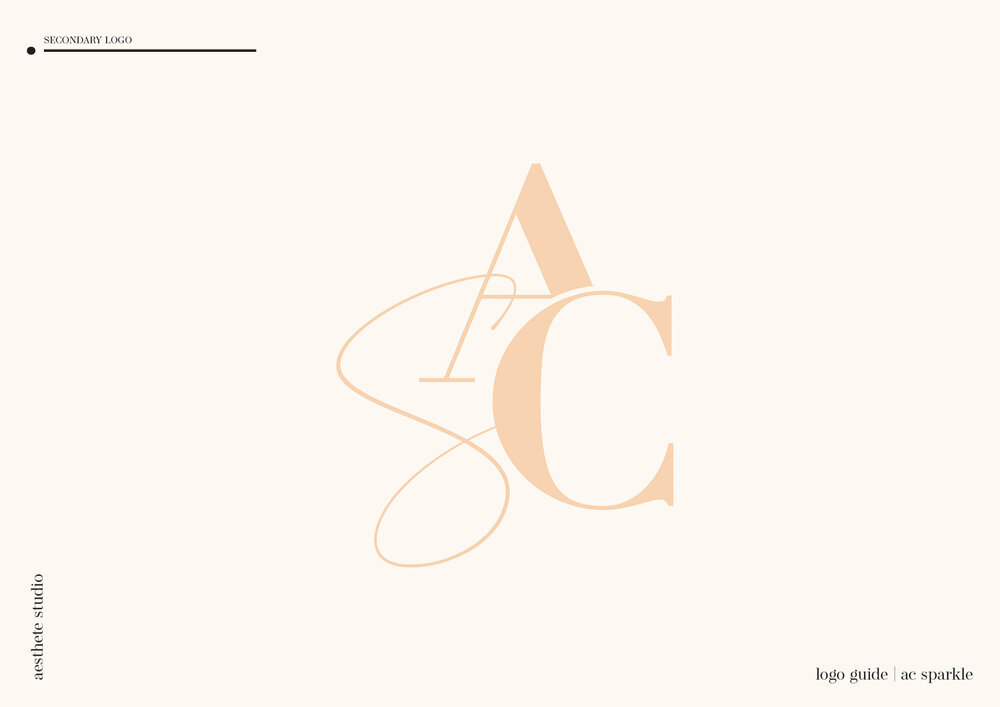WHAT IS BRAND IDENTITY, DESIGN + BRANDING AND WHY IS IT ESSENTIAL FOR YOUR BUSINESS?
Design is everything. It’s a mix of art, storytelling, thought, feeling, science and experience. It is vision brought to life. So simple but so complicated. I specialise in minimalist design, believing wholeheartedly that ‘less is more’ and communicating stories with simple yet effective branding.
So, what is brand identity, design + branding and why is it essential for your business?
Brand identity, design + branding includes everything from your logo, colour palette, communication and messaging, to your mission and purpose, it’s visual assets, marketing material, secondary logos and more! Your brand identity, design + branding is a potential clients first impression of you and your business. It has the power to bring clients in or steer them in another direction, your competitors direction.
When talking about ‘brand’, most people assume it’s just a logo. However brand identity is the story you tell about your business to potential clients. It showcases your purpose, your products and services and establishes you as an industry leader who can be trusted. Branding is physical and digital, online and offline. It’s the opinions people share about you or your business, how they encounter you online and offline and how they engage with you in person and online.
A business brand identity needs to be clearly defined and easy to understand so people know exactly what your brand vision is and in turn, who or what they are investing in. It also needs to be accessible in the way your clients need it to be. For example if, like many, your clients are predominantly online users, that’s where you need to be.
Now that we have more of an understanding about brand identity, let’s break down brand design.
Brand design is the tangible elements that will convey your message. These include logos, both primary and secondary, colour palette, typography, packaging, web design, social media graphics, business cards, uniforms etc. Your brand design and brand identity go hand in hand in representing you.
When working with new or existing clients on their brand design, the first thing I do is ask them to tell me about themselves and the business. I want to know the story from start to finish, their values, purpose, business goals and expectations for our working relationship. I need the full picture in order to bring their vision to life. If clients are unsure, this is a great way to get them thinking and start writing down answers to questions they may have never asked. Using a brand questionnaire we are able to discuss fonts, colours, words associated with the brand, products/services, target market, competitors, messaging, emotion and inspiration. I’m a very visual person so I love seeing or putting together a moodboard that reflects the brand too.
A primary logo is the foundation of a business. It’s how the business will be remembered and it needs to make a lasting impression, be scaleable and adaptable. A logo conveys who you are and has the ability to connect with people instantly. A great logo will both accurately represent you and also entice people to find out more about you or your business.
With the need for businesses to be across various mediums and platforms, secondary logos and visual assets are equally essential for your brand. Brand design needs to be consistent and readable across all platforms; print, web, social media etc. To do this, I’ll create secondary logos and submarks.
A secondary logo or alternate logo, supports the primary logo, it is usually a minimal, condensed or different composition of the primary logo. A secondary logo may have reduced text or rearranged elements to make the logo readable at smaller sizes.
A submark or icon is perfect for subtle branding. It is generally a symbol, graphic, drawing, abbreviation of the name or a tagline to represent the business. It usually includes little or no text. Submarks help clients quickly identify a business and are commonly used online, across social media or when a logo needs to be reduced dramatically.
Logos aren’t a ‘one size fits all’ product. Individually and collectively they each serve a unique purpose but all need to be consistent and accurately represent the business across all platforms. Logos are the starting point of your brand design and steer the direction of all future design elements. To ensure your brand remains consistent, a brand style guide should be created. It will outline how all the design elements; typography, fonts, colours, visual assets are to be used. A brand style guide will explain when, where and how to use each different logo, who the target market is, the brand’s messaging, tone of voice and audience. It is a great reference guide for you and anyone who works with your business.
High quality design that incorporates a brand identity enables a business to present themselves boldly and confidently. From a client perspective, it helps distinguish you from your competitors, making a lasting and impactful message. It’s a continual investment but it will be worthwhile.



